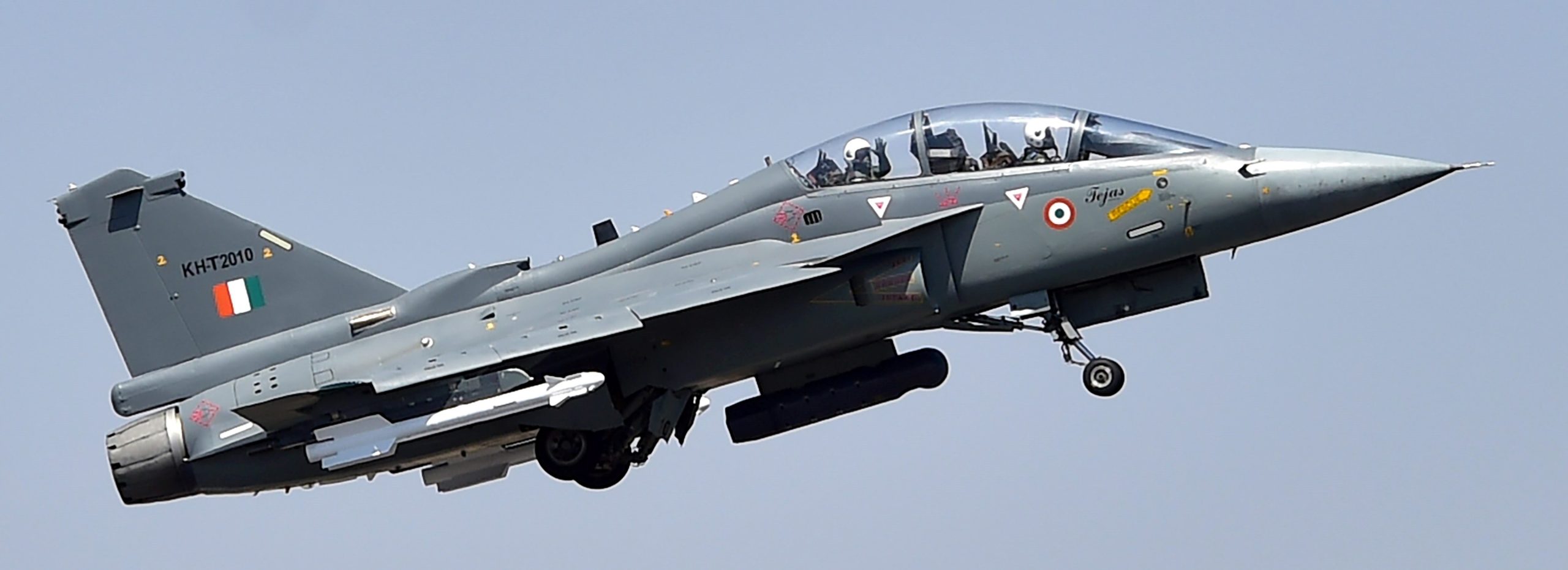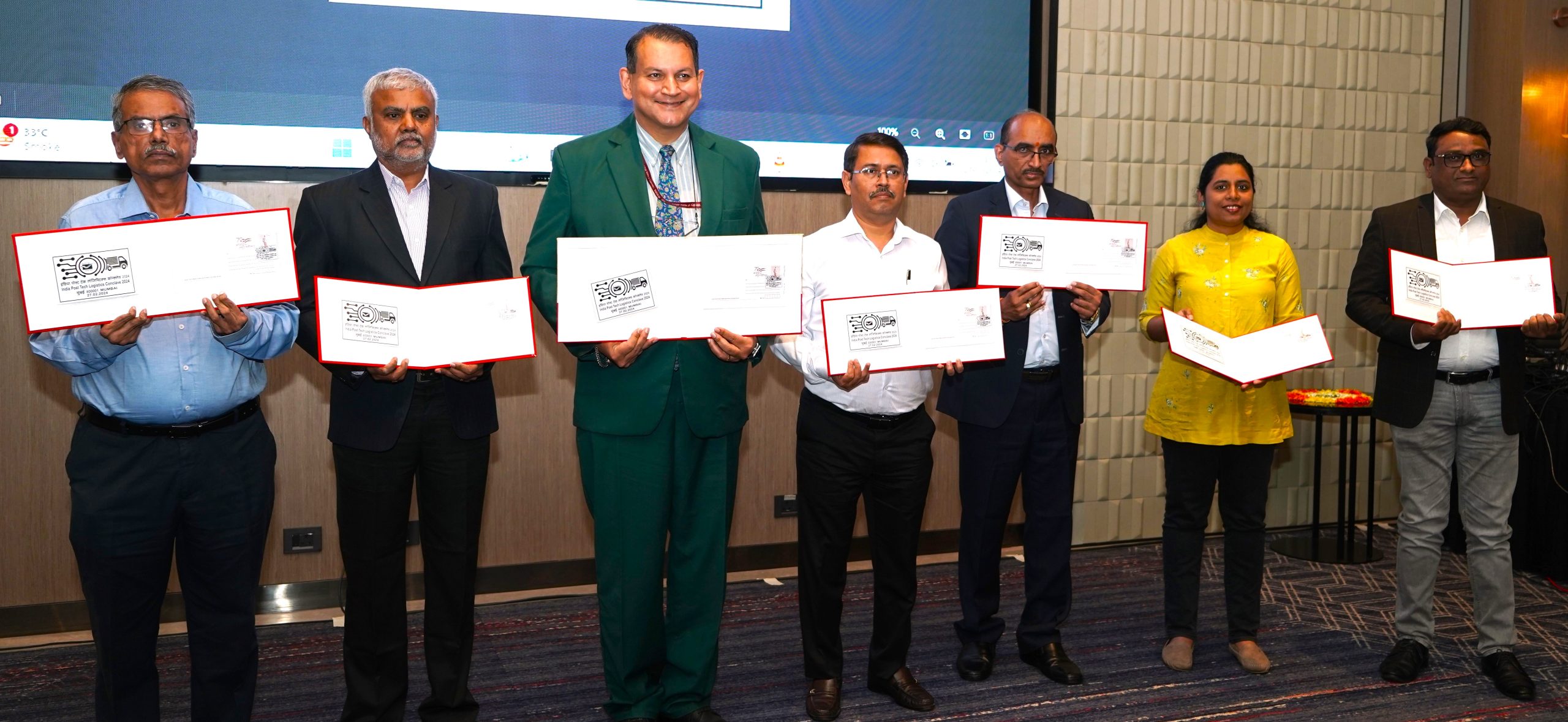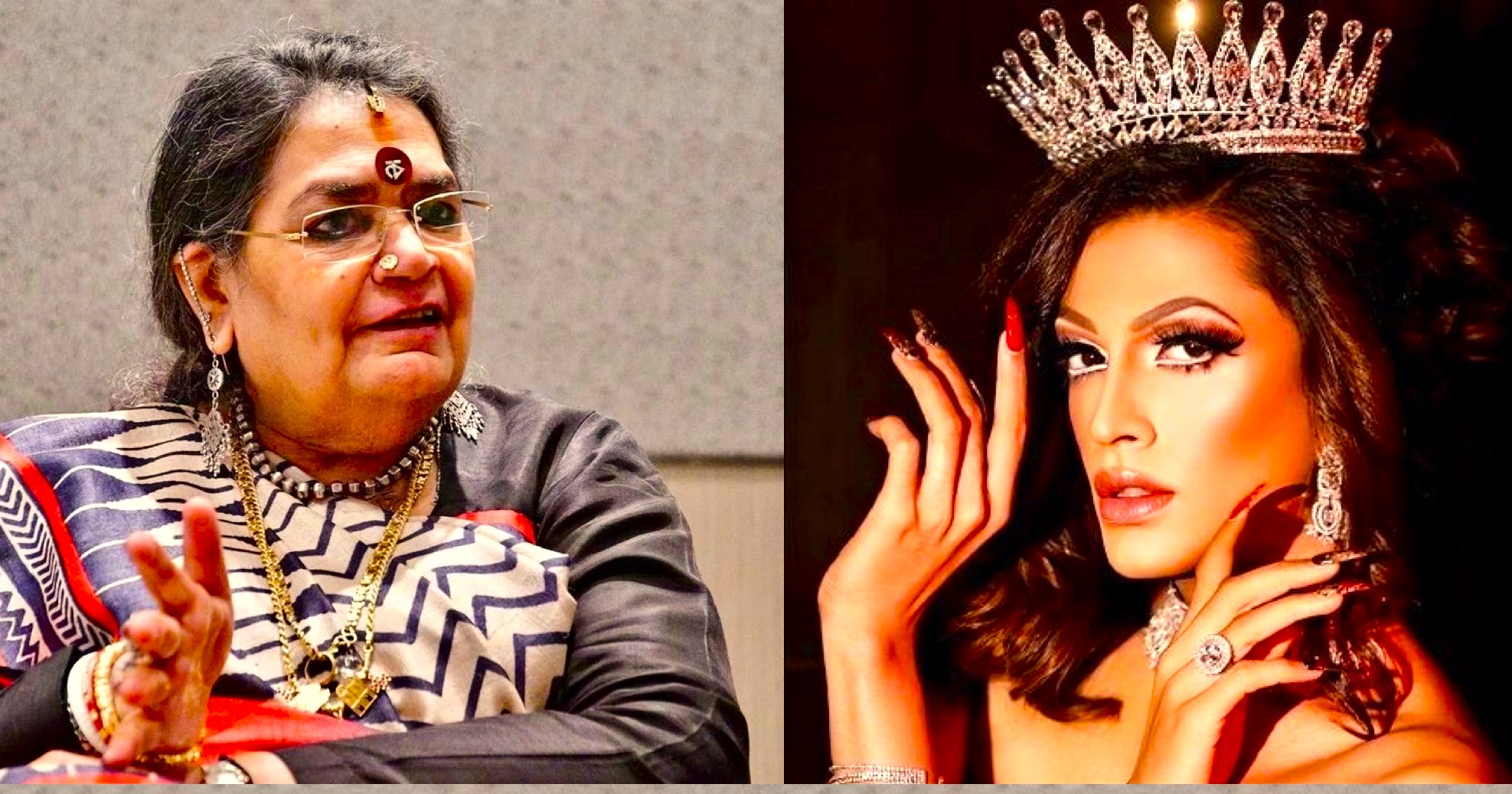Vaccination of 70 cr. people by Sept. 2021 paramount to boost consumers and investor confidence’
As meeting the target would require 93 lakh doses to be delivered a day from now, the Ministry has suggested making vaccination a 24/7 activity, particularly in August and September, when vaccine supplies are expected to improve. “…This can enable the ambitious, but possible, throughput of 1 crore shots a day,” it said.
Assuming herd immunity at 80% of the adult population, the Ministry calculated that 70 crore people need to be vaccinated soon. “As on date, 19.2 crore people have got the first dose while 4.7 crore have been fully vaccinated. If 70 crore people must be vaccinated by September 2021, it is estimated that around 113 crore doses are needed,” the Ministry said.
While attempts are being made to fast-track procurement of vaccines from the international market, and 216 crore doses are expected to be made in India between August and December, the Ministry suggested aligning supplies with the September 2021 target and a system whereby “people already having antibodies [are] vaccinated later while people who have not been exposed [are] given priority”.
“Use of technology to ease the administration of the vaccine, increased shifts at vaccination centres and integration of mass vaccination sites like shopping areas, drive-ins, with schools and primary health care centres will enhance faster coverage under vaccination,” suggested the Ministry in its monthly economic report for May, issued by the Department of Economic Affairs (DEA).
“The peak daily vaccination rate attained till date is 42.65 lakh. This peak was achieved using one shift of 8-9 hours of vaccination,” it pointed out, suggesting an enhancement of this to two shifts or even 24 hour-vaccination sites.
“Challenges pertaining to vaccine supply, vaccine hesitancy, operational aspects to achieve high daily throughput and widespread reach must be anticipated and planned for in advance,” the Ministry advised, terming rapid vaccination as “paramount” for lifting confidence.
“To avoid or lower the ferocity of subsequent waves, an accelerated vaccination drive is imperative. Vaccinating to achieve herd immunity (75-80% of the population) will boost consumer and producer confidence, and reinvigorate the engines of economic growth,” it said.
“As we cautiously recuperate from the second wave, rapid vaccination and frontloading of the fiscal measures planned in the Union Budget hold key to invigorating the investment, and thereby, consumption cycle in the coming quarters… The operational challenges can be met by careful planning and upscaling of transportation, storage and vaccine administration capacity,” the Ministry said.
An analysis of the State-wise proportion of population vaccinated relative to its share in total population indicates that Bihar, Uttar Pradesh, Tamil Nadu, West Bengal, Madhya Pradesh and Jharkhand need to ramp-up their vaccination drive.
State of the economy
While a healthy monsoon bodes well for agriculture and softer lockdowns by States are expected to translate into a “softer economic shock” for sectors like manufacturing and construction, the Ministry stressed that “quickening the pace and coverage of vaccination is critical to help India heal and regain the momentum of economic recovery”.
India is one of the select few economies that have witnessed positive year-on-year growth in the last two consecutive quarters, and provisional GDP estimates for the fourth quarter of 2020-21 confirm a V-shaped recovery in economic prospects in the second half of the year after an unprecedented COVID-19 induced contraction, the Ministry asserted.
This momentum of economic recovery has, however, been moderated by the ravaging second wave of COVID-19, the DEA pointed out, but said it expects these effects to wear off by the second quarter.
“With the peaking of the second wave in first half of May 2021 and the localised restrictions adopted to combat its spread, its economic impact is expected to be restricted to the first quarter of 2021-22,” the Finance Ministry posited.
Rural worries
The second wave’s spread to rural India has been rapid, but the share of rural districts in new cases was still lower than the levels seen at the first wave’s peak, the Finance Ministry said. This proportion stood at 57.9% in May, compared to 63.6% in September 2020.
However, the number of rural districts bearing 20% of new cases increased sharply from 12 in March to 43 in April and 47 in May, “which in turn is 3.4 times greater than their share during the peak of the first wave”.
On the latest COVID-19 infection trends, the Ministry said that a high weekly case load is evident in States like Andhra Pradesh, Karnataka, Kerala, Maharashtra, Tamil Nadu and West Bengal. “Given the improvement in recovery rate, active cases exhibited a declining trend across states barring Tamil Nadu and few north-eastern states,” it noted.

Surjitt Sahani











